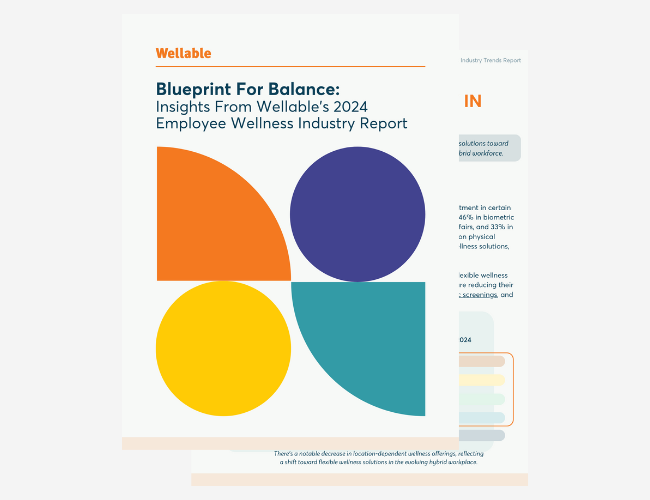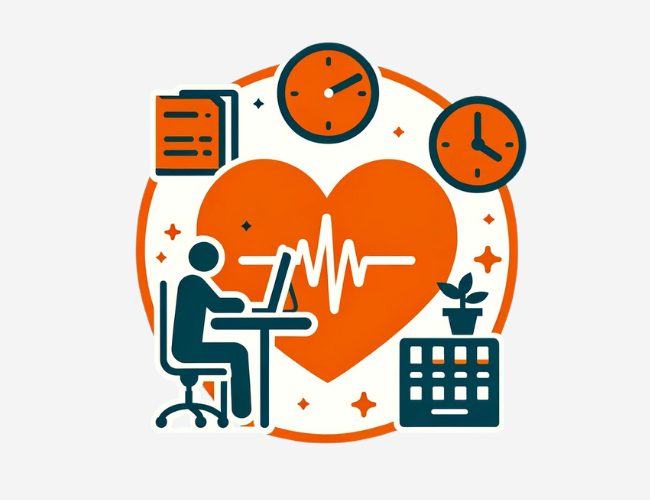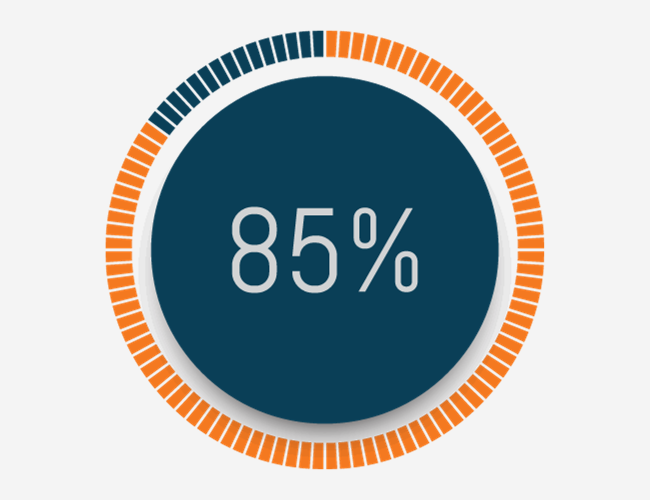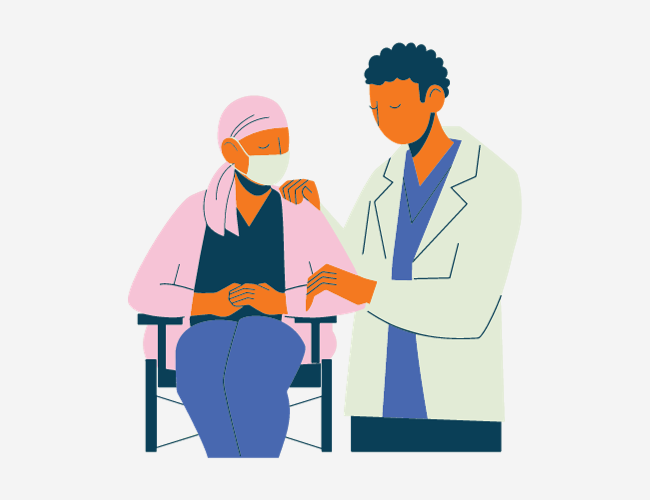A study published in the Journal of the American Heart Association shows pairing contextual texts and activity tracking leads to people moving more. The small study enrolled 48 smartphone users ages 18 to 69 years who were also at risk for heart disease in a five-week study at an ambulatory cardiology center in Baltimore. The researchers outfitted each participant with a fitness tracker and divided them into three groups: a blinded group that could not interface with their physical activity data or receive text messages, an unblinded group that could interface with physical activity data but did not receive texts, and an unblinded group that could interface with the data and also received texts.
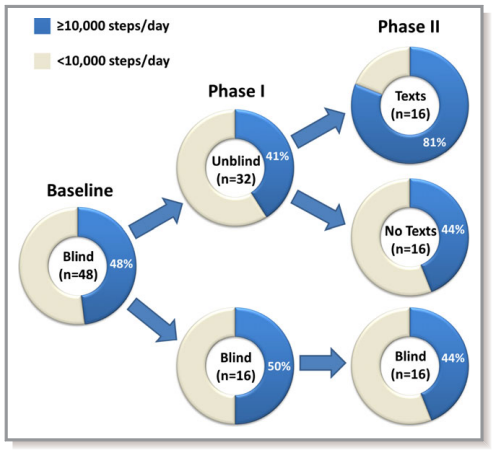
The study was conducted in three phases. During the first week of the trial, researchers established a baseline for physical activity for the participants. In weeks two and three, the researchers split the participants into two groups. One group, with 32 people, were unblinded, while the other 16 were blinded. All participants received an activity tracker, the Fitbug Orb, but only unblinded participants got to see their activity data. Then, for the last two weeks of the study, participants in the unblinded segment were randomly split up into two groups. One group received automated, personalized texts that offered users positive reinforcement. The texts were sent when participants were on track to reach or had already reached their daily goal as well as to motivate them when they were not on track to reach their goal. These messages were sent three times a day and were scheduled to be sent when the user was eating breakfast, at lunch, and after work. Participants across all three groups set a goal of walking 10,000 steps per day, which is a bit of an arbitrary goal.
The findings of the study show an automated tracking-texting intervention increased physical activity, with those in the unblinded text-receiving group walking an average of 2,334 more steps per day. While the groups that did not receive text messages maintained baseline time spent engaging in physical activity, the group that received texts increased its total activity time by 21 minutes per day (23% increase) and aerobic time by 13 minutes per day (160% increase). At the end of the study, nearly twice as many participants in the text-receiving group achieved the 10,000 steps per day goal compared to the other groups. According to the researchers, the trial supports the notion that digital health serves as a facilitator of behavioral change but not a driver of it, as the ability to interface with physical activity data alone did not yield improvement without the text message intervention.
Because of the trial’s limited size, researchers said the study could be categorized as a pilot trial and the data should be interpreted as exploratory evidence that can be used for a more definitive future trial.





